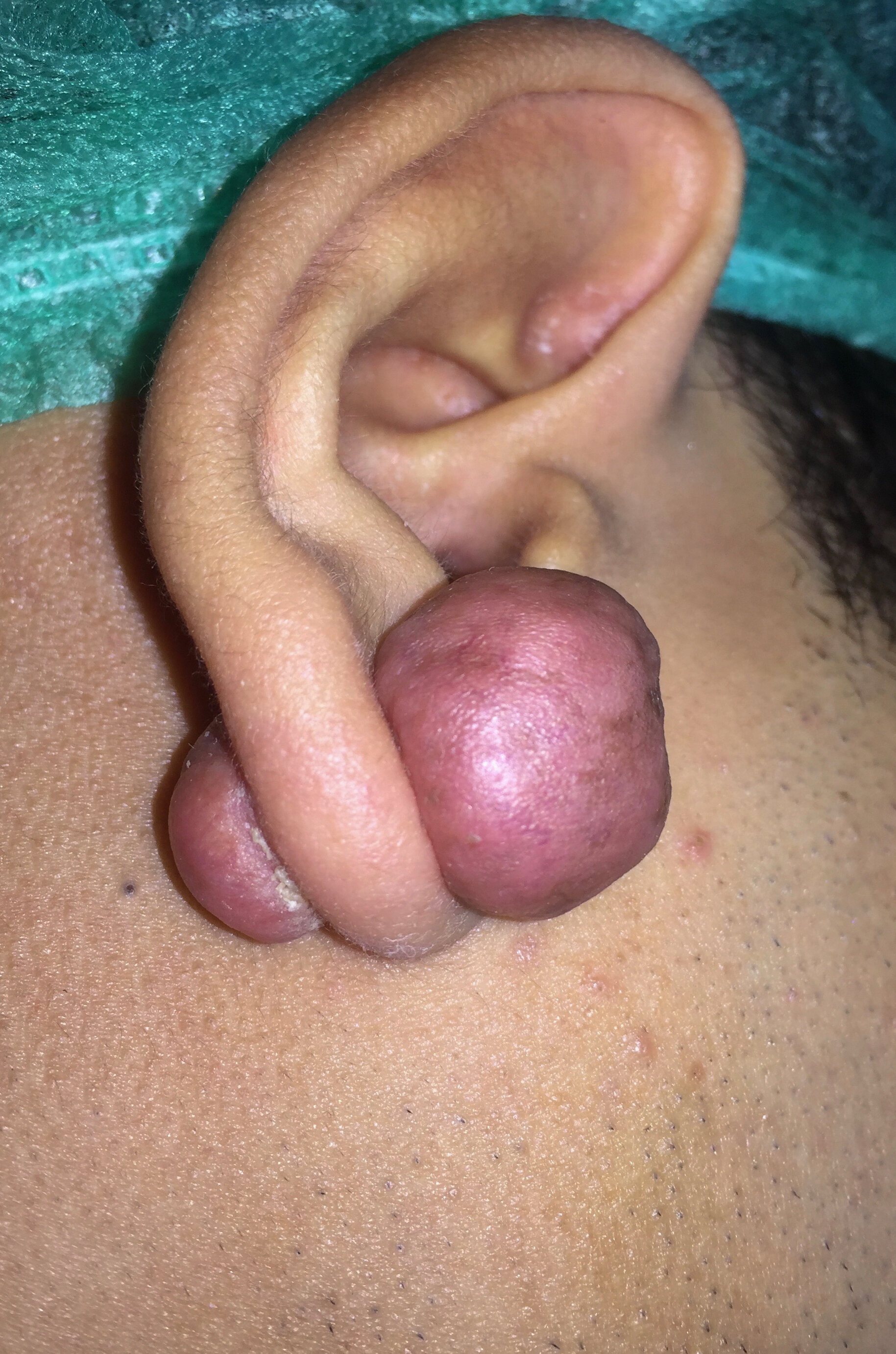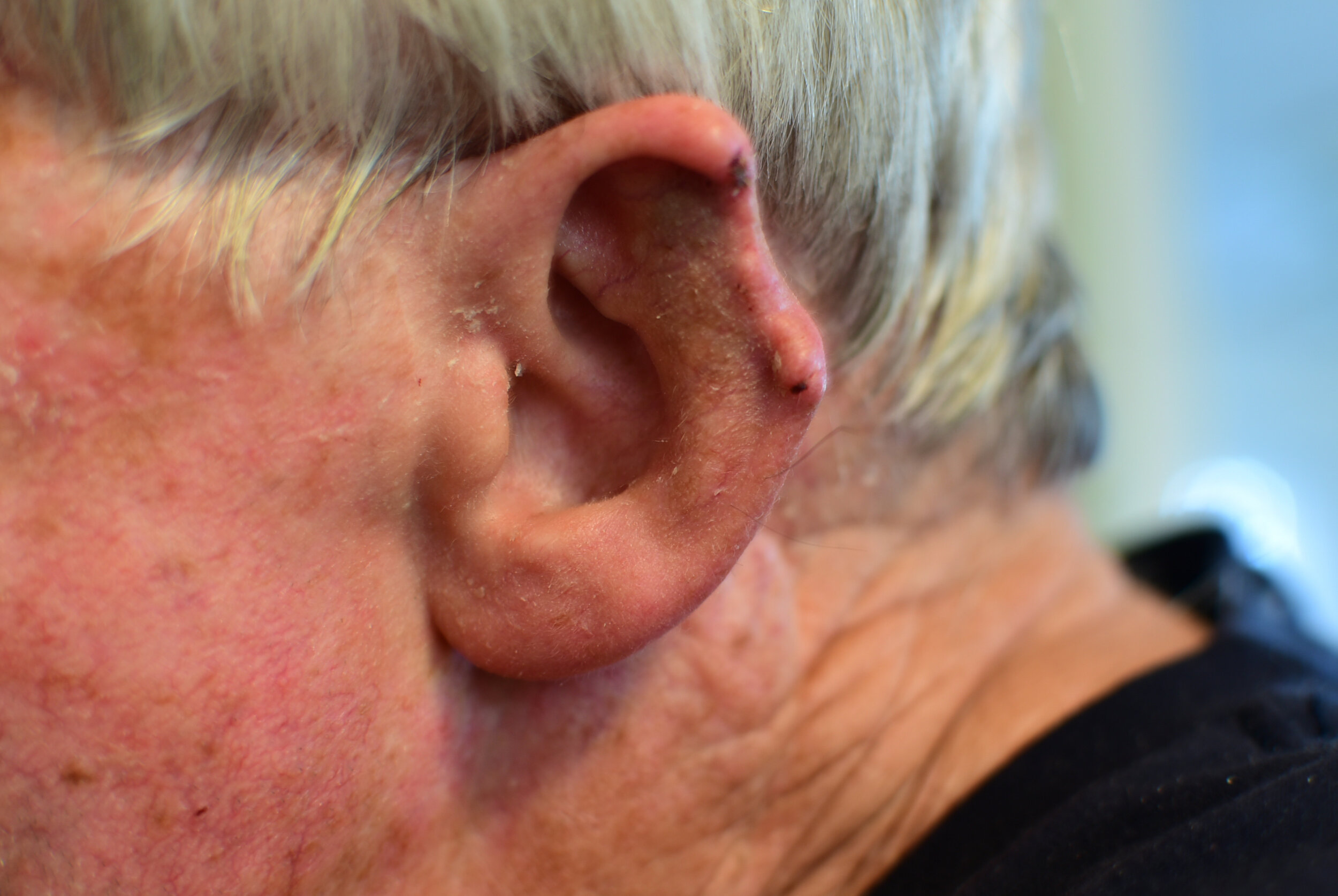Treatments: Ear Shape
Whether the ear is misshapen as a result of one’s growth and development, piercings, or trauma, options are available for improvement.
reshaping developmental ear deformities: otoplasty
Otoplasty is a general term for surgical reshaping of the ears. The specific techniques depend on the shape of each ear and the goals of the individual. This is an outpatient surgery of about an hour in duration with a high satisfaction rate.
keloid scar removal
A keloid is a scar that grows beyond the original trauma. Ears are notorious for forming keloids after trauma that can be as simple a a piercing. Some people are prone to forming keloids, and for those individuals, the value of any new piercing or surgical incision may be considered against the risk. Improving the keloid scar may often be done with a minor surgical procedure, but the area typically requires at least five weekly steroid injections after removal to avoid keloid recurrence.
Ear: trauma and defects from skin cancer removal
After loss of skin or cartilage from the ear, whether from accidental trauma or skin cancer surgery, restoration of an ear shape that does not draw attention, holds glasses or hearing aids is a goal that can usually be met.
Cauliflower ear
cauliflower ear (wrestler’s ear) and hematomas
A collection of blood under the skin from trauma, commonly amongst wrestlers who do not use headgear, is a hematoma of the ear. This must be drained and treated within a few days to avoid progression to irreversible scarring known as cauliflower ear. Whereas an auricular hematoma that is treated expediently typically avoids any long-term deformity of the ear, once cauliflower ear has set in, treatment options are very limited.





